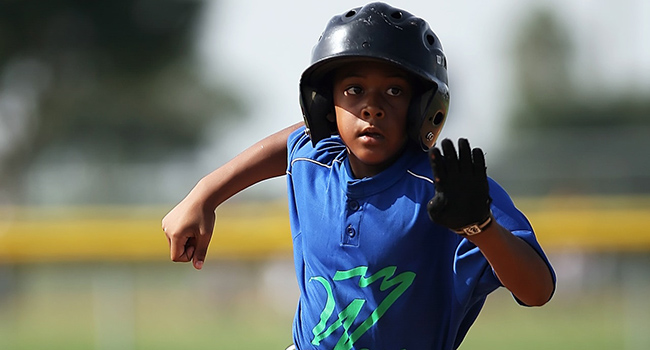 I’ve been a youth sports coach for 17 years. For the most part, it’s been very rewarding. However, one of the hardest aspects has been watching kids drop out of sports because they no longer can afford to pay to play. It’s heartbreaking.
I’ve been a youth sports coach for 17 years. For the most part, it’s been very rewarding. However, one of the hardest aspects has been watching kids drop out of sports because they no longer can afford to pay to play. It’s heartbreaking.
Social injustice is a hot topic these days. However, there’s one area of social injustice that doesn’t receive much attention: youth sports. Youth sports impacts millions of kids and their families.
Sadly, youth sports are far from an equal opportunity endeavour in the United States and Canada. Sport increasingly has become a pay-to-play endeavour. Household wealth is a key factor in youth sports participation.
“Sports in America have separated into sports-haves and have-nots,” said Tom Farrey, the executive director of the Aspen Institute’s Sports and Society program.
An annual survey by the Sports & Fitness Industry Association (SFIA) in 2018 found that 33.4 per cent of kids ages six to 12 from homes with income of $25,000 or less were physically inactive (i.e., didn’t participate in any sport during the year), compared to just 9.9 per cent of kids from households that earned $100,000-plus.
And the youth sports opportunity gap is widening during the pandemic. Children of higher-income parents are spending about 2.5 more hours a week in sports activities during the pandemic than kids in lower-income families (before COVID-19, the gap was about 40 minutes per week).
Kids from homes with higher incomes participate via travel teams, expensive sports clubs, personalized training programs, elite sports leagues, etc. These opportunities are simply out of reach of poor children.
Moreover, due to the advent and growth of youth sports clubs and travel teams, relatively inexpensive youth sports opportunities – traditionally run by local recreation districts and YMCAs – are drying up.
On top of that, public schools are dropping recess, physical education classes and intramural sports programs. And many public schools now require kids to pay to play on school sports teams.
Physically active kids have longer life expectancies, better mental and physical health, better academic performance, and less drug abuse.
Girls, in particular, benefit from athletic participation. Sports participation lowers the chances of developing heart disease and breast cancer, cuts rates of unplanned pregnancies, lessens obesity, and boosts self-confidence and body self-esteem. And the advantages extend into adulthood: Four out of five female business executives played sports as kids.
All those benefits are missing for children who lack sports opportunities because they can’t afford to play in today’s expensive club sports culture. The casualties of this culture tend to become less and less physically active through their teen years and into adulthood, which negatively impacts their future physical, mental and economic health.
It’s another – albeit less publicized – American story of unequal opportunity.
It doesn’t have to be this way. We could prioritize broad sports participation over expensive elite athletics, especially at younger ages.
For example, Norway has a successful youth sports system, accessible to all. The national lottery earmarks millions of dollars for youth sports every year. As such, the financial burden on parents is minimal. Moreover, Norwegian youth leagues value participation over competition. As evidence, clubs with athletes below the age of 13 aren’t allowed to publish game scores. If they do, they risk expulsion.
Norway’s elite sports teams certainly don’t suffer under such egalitarian policies. At the PyeongChang 2018 Winter Olympics, the country won 39 medals – the most of any country in the history of the Olympics. The United States won only 23. Norway’s population is 5.37 million and the United States’ is 328.2 million.
In this new era of reforming American institutions in the quest for social justice, when it comes to youth sports, the Norwegian model is one Americans should look long and hard at.
Ken Reed is sports policy director for League of Fans (leagueoffans.org), a sports reform project. He is the author of The Sports Reformers, Ego vs. Soul in Sports, and How We Can Save Sports.
![]() The views, opinions and positions expressed by columnists and contributors are the author’s alone. They do not inherently or expressly reflect the views, opinions and/or positions of our publication.
The views, opinions and positions expressed by columnists and contributors are the author’s alone. They do not inherently or expressly reflect the views, opinions and/or positions of our publication.


